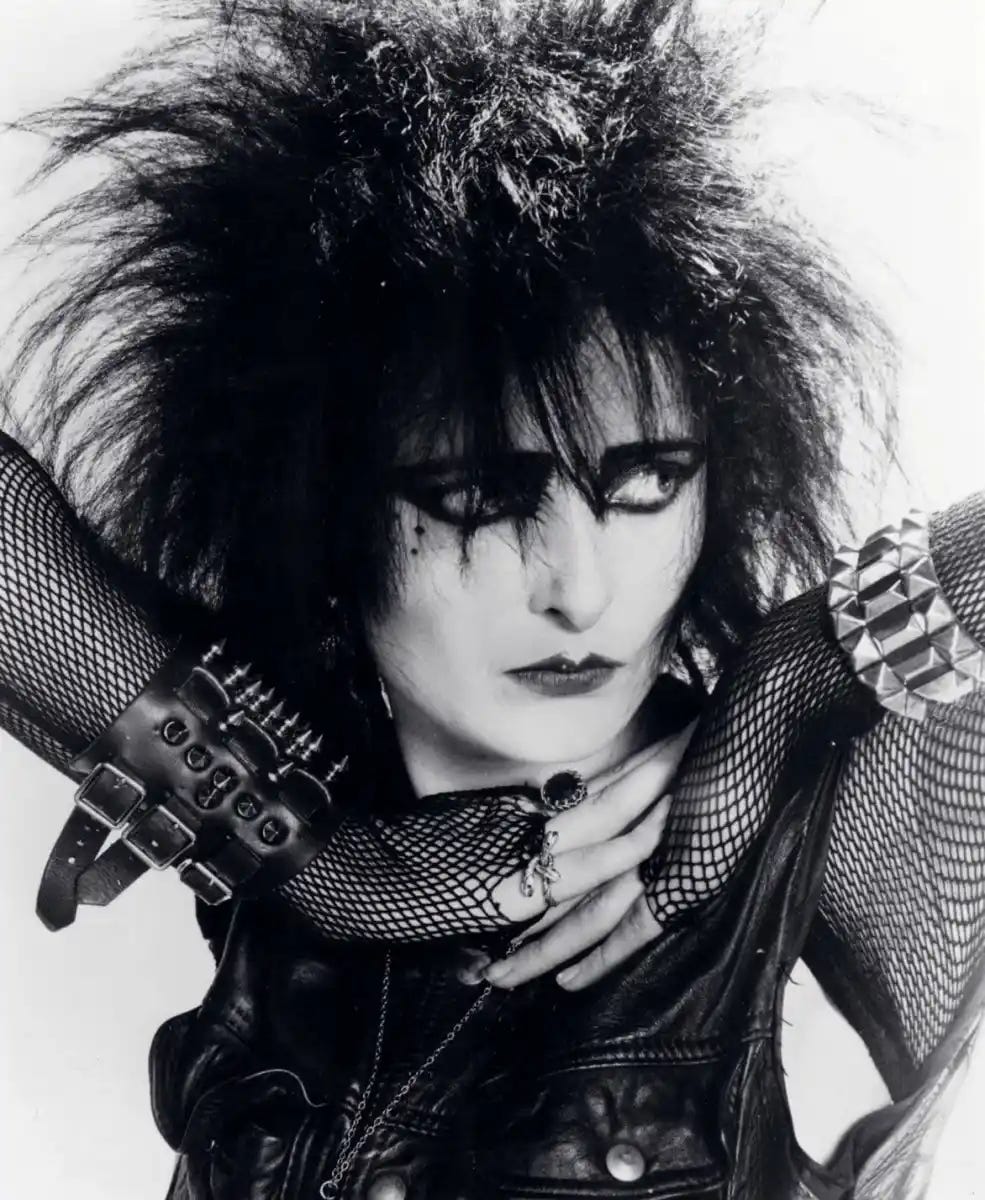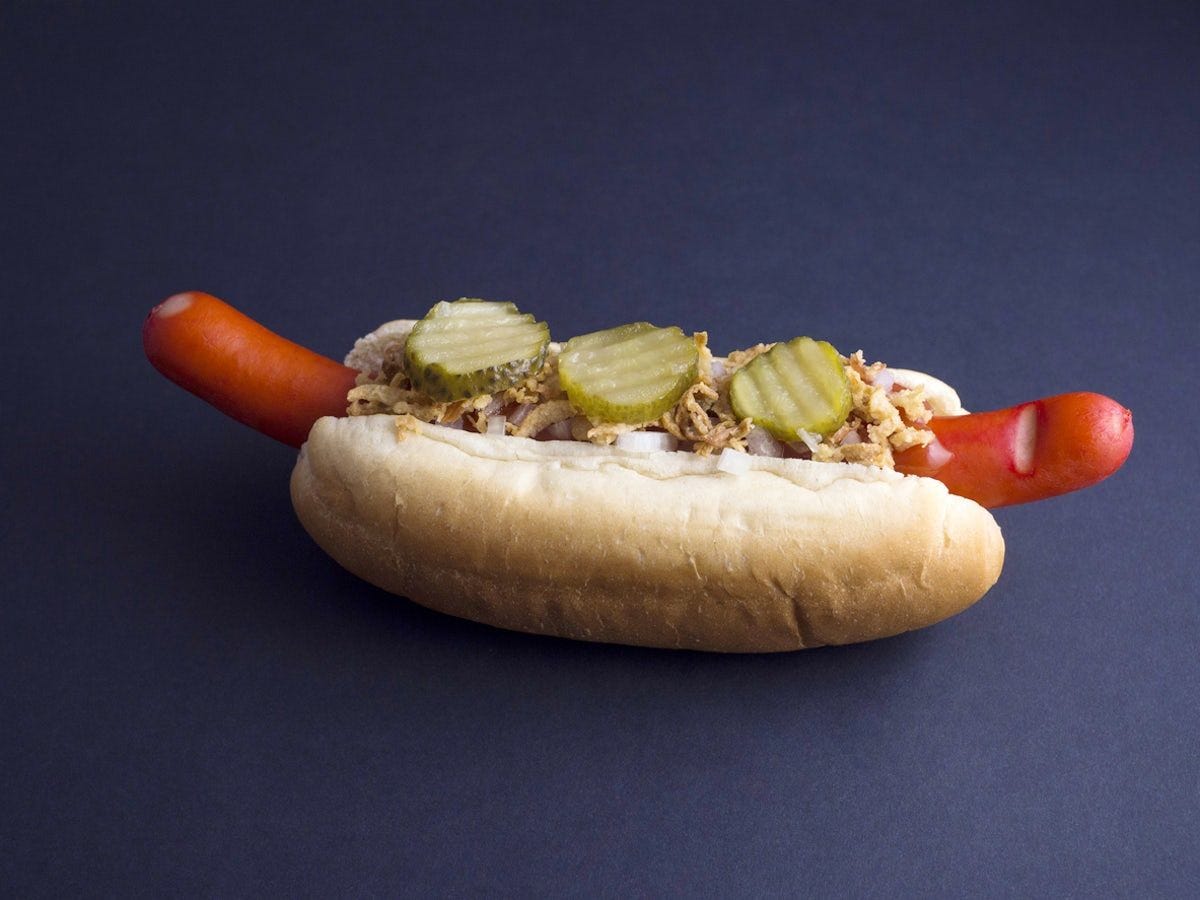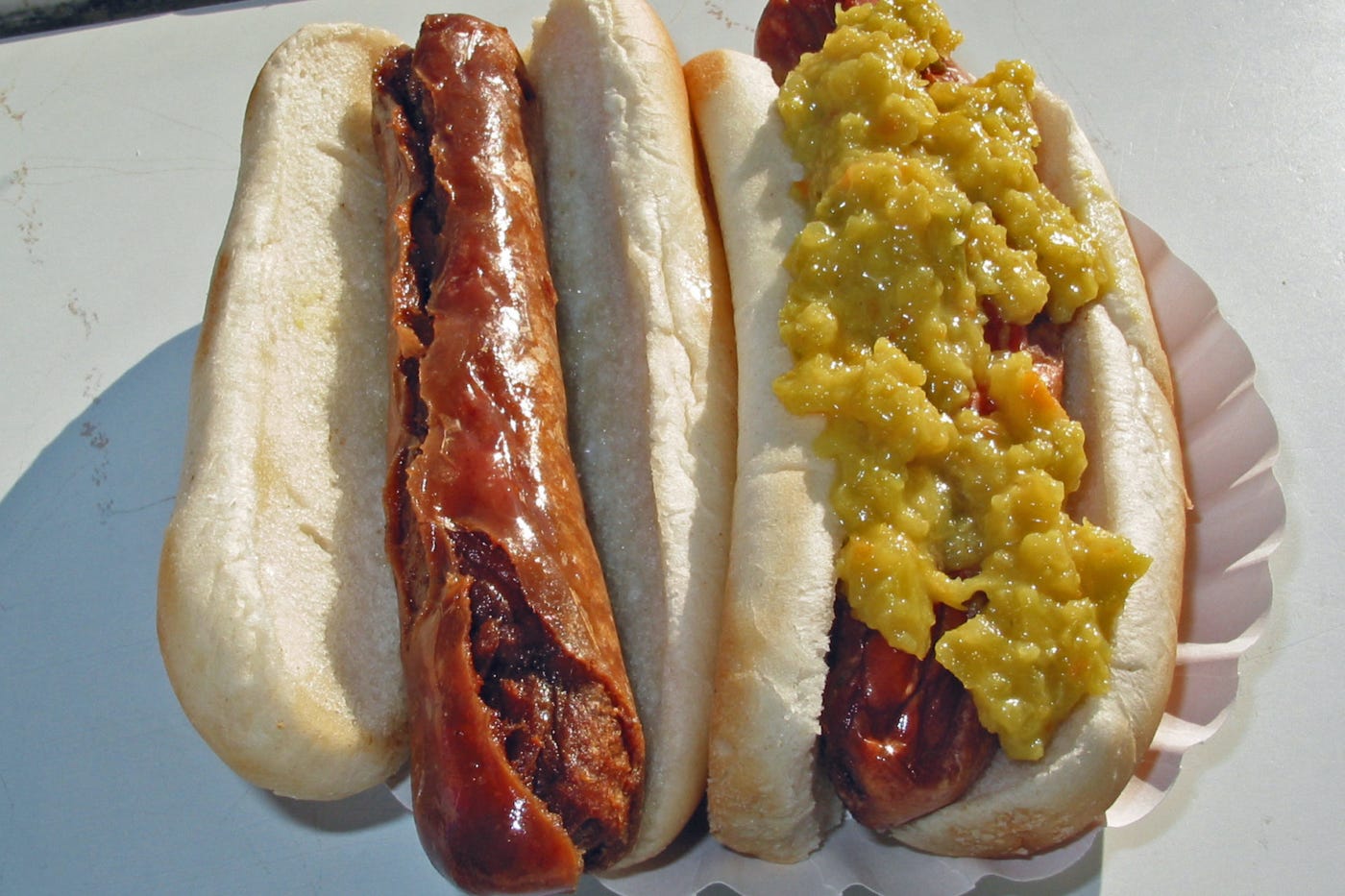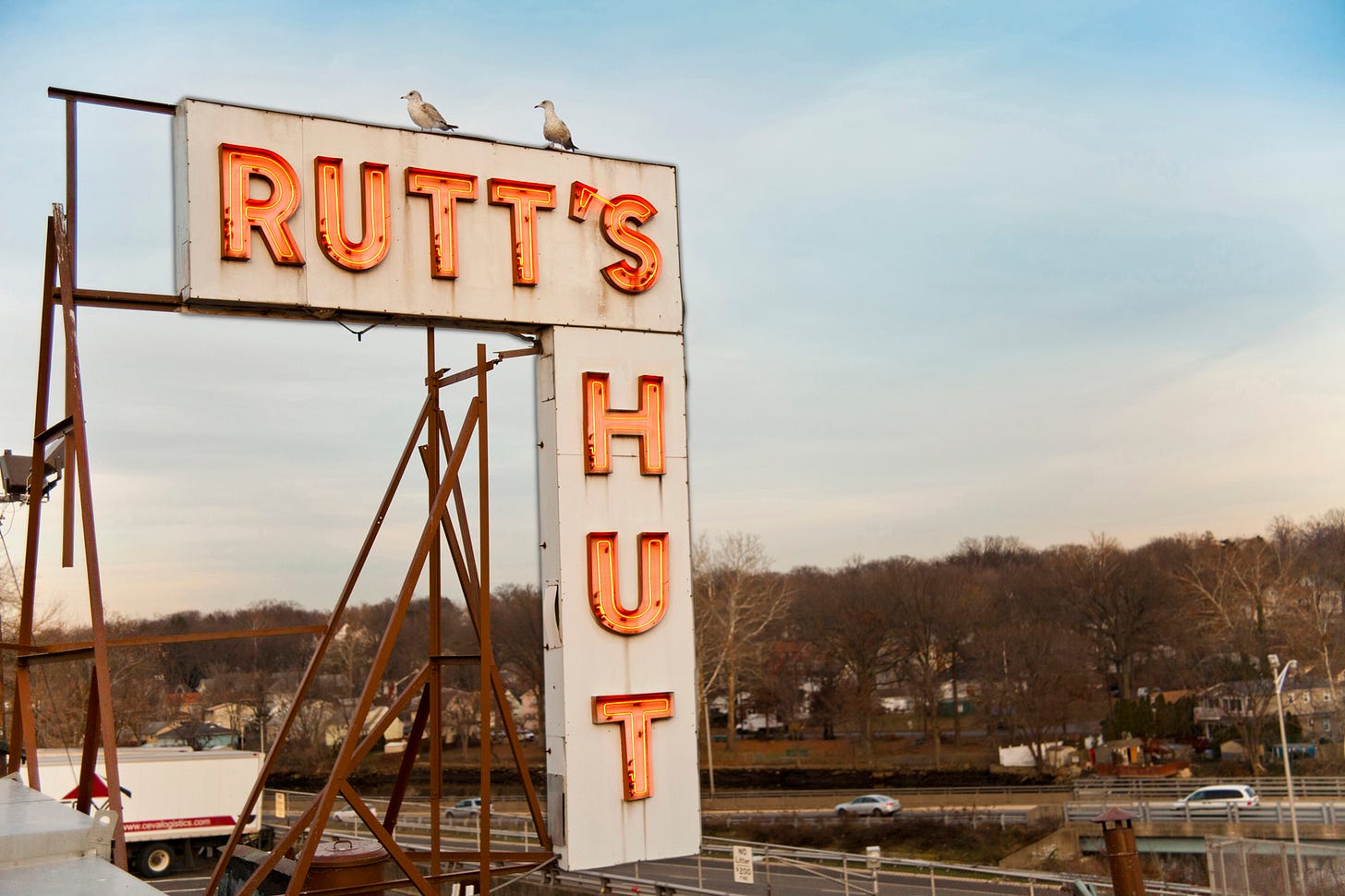A Remembrance of Wieners Past
When Living Abroad, the Thing I Began to Miss with a Pointed Nostalgic Hunger was Hot Dogs.
Anyone who knows me knows that I eat everything. Though I enjoy fruits and vegetables, I’m never going to become a vegetarian, much less a vegan. I have several dear friends who, looking out for my health and the planet, frequently appeal to me to change my habits. I don’t want to tell them that I never will, but I never will.
However, I don’t really eat meat as you’d know it. I probably have steak about once or twice a year. I’m also not digging into pork chops, lamb chops or veal chops; it’s been years since I’ve had any of these. For the most part, we eat healthily, taking very well-balanced meals, often with chicken and fish, sometimes eschewing meat entirely.
When I do eat meat, I’m not looking for prime cuts. My more pedestrian tastes are partly my own and partly due to a brief period of privation.
Like many who are lucky enough to, I spent my junior year abroad. I was living in London at 326 Finchley Road, an old, brick Victorian, one street over from Kidderpore Avenue. We weren’t far from Hampstead Heath, a sprawling, elevated green space that had excellent views of the City and Westminster to the south and an unsavory reputation after dark. On the other side of the Heath was a famous pub called Jack Straw’s Castle that Dickens used to frequent; it’s still there, but was converted into luxury flats more than 20 years ago. Late at night, after draining our last pints of bitter, we had to make sure we left in a group to avoid encounters with footpads in the murk of the Heath, and if that doesn’t sound like something out of Sherlock Holmes, nothing does.
Soon, I began to miss two things I don’t think I’d ever realized that I’d even liked before I’d left. One of those things was American movies and the other was food, of a kind.
I don’t mean to imply that the food in London wasn’t good; 1983 was long past when the UK had a reputation for less than appetizing cuisine. There was an array of choices similar to those you’d get in any major world capital, but the food nearby that a student could afford was of variable quality. The now defunct “Spudulike,” a Scottish chain, served a loaded baked potato stuffed with whatever you wanted and cheese. “Wimpy’s” sold and still sells an odd, English version of American hamburgers. And there was a refectory on our little London University satellite campus with a bar attached. We could get a pint with lunch or dinner, which was incredible to those of us coming from the land of being carded everywhere. But the fare – shepherd’s pie, chips, peas, beans, brown sauce and Spaghetti O’s made on an institutional scale – was frankly dispiriting after the novelty wore off, which was after about three meals.
I frequently found myself sitting next to two particular students in the refectory, young women who dressed like Siousxie Sioux of Banshees’ fame, and who both mercilessly played “abuse the American.” One tall and lanky, the other shorter and stouter, they jumped around in their black, layered ensembles and spiky, black-dyed, moussed-out hair, kicking at me with their black witch shoes and called me “wanker” and “tosser” as The Cure’s “The Walk” played nearly continuously on the video jukebox. They occasionally pointed at me and mussed my hair up when the line, “I thought you looked like a Japanese baby” came up. I was told by one of the English upperclassmen that they both liked me, but I was frightened to death of them, and they knew it.
I took the risk that in the morning, the witches were more dormant, so I’d slink into breakfast at the refectory, which consisted of eggs, sausage, bacon, beans, chips and the omnipresent Spaghetti-O’s with toast and strong tea. But because I didn’t feel comfortable with the Batcave girls’ constant, negative attention, for most other meals, I’d go elsewhere. A half-mile south, a French bakery had lunch sandwiches on a baguette. Across the street from my room was family-owned Skorpio’s, where I’d order wine sausage kebabs, Greek salad and grape leaves for dinner. Incidentally, Skorpios, which is now a Neapolitan pizzeria, was right next door to the Silver Rose Lingerie Company, and I could look from the window of my room into their brightly lit shop as the stock boys moved ladders around to bring girdles down for waiting female customers of more generous proportions. On special occasions, there was a Hungarian restaurant a few blocks away on the preciously named Fortune Green, a tiny, enchanted, suburban square.
Twice a week, I played a couple of sets of ragtime guitar at a little wine bar near Golders Green and Sandy, the chef there, would always give me a nice plate of lasagna or ravioli. She was tall, kind and so quiet that you didn’t initially notice just how striking a woman she was. She had spiky, platinum hair and always gave me extra helpings without me asking for them.
One evening, Sandy asked me back to her house to hang out, which I did for a little bit, but after accepting a proffered joint, I grew morose, as I always do, and fell asleep for a couple of hours. I eventually woke up in the wee hours and staggered home with my guitar. I asked Sandy out a few days later, but she took a pass. Yeah, I know. I totally blew that.
Forty-two-year-old missed opportunities aside, and there were several others that year painting me in an even worse light which I won’t recount here because I don’t want to, I began to miss the food from home. Not all of it, though.
The thing I began to miss with a pointed nostalgic hunger was hot dogs.
You couldn’t get hot dogs in any London restaurant at that time. I might have found them in a Tesco, perhaps, but with no kitchen, I had no way to fry them up, and split-top hot dog buns that you could grill on each side in butter were not a thing at the time in the UK, so I couldn’t make them the right way. For someone who grew up near a city with a Sabrett cart on nearly every corner, the sudden lack of frankfurters was disorienting.
I had taken hot dogs for granted for years. I recall that I hadn’t thought about them with any particular relish (sorry) and on those rare occasions when my mother served boiled franks, they were rubbery and unappetizing.
While I was away, something happened. When you travel, along with the new sights, you gain a new perspective. I saw the world differently, and I began to see my country very differently. I very quickly started to view the good parts for what they were, and I missed them. And some of those things were honestly very mundane.
After going to the Barbican Centre to see the silent films “Broken Blossoms” and “The Wind” – both starring Lillian Gish, who happened to sit next to me during the screening (we exchanged a nod and smile; there’s nothing like dropping a name no one under 103 will recognize), my appreciation of classic American westerns also suddenly emerged. “Broken Blossoms” was set in London’s Limehouse, but “The Wind” was actually shot in the Mojave Desert. Though I had never enjoyed westerns as a genre before, I found myself hungry for them, and I managed to get to screenings of John Ford’s Stagecoach and The Searchers in the next couple of weeks. And with that figurative hunger for archetypically American film came a literal hunger for the quintessentially American sandwich. And yes, the hot dog is a sandwich.
The owner of the wine bar, who employed both Sandy and me, was aware of my cravings, and let me know he thought there was a Danish hot dog stand in Trafalgar Square. I cleared my pretty much empty schedule for the following afternoon and headed south.
Trafalgar square wasn’t anywhere close to my house. I hopped a bus that drove south past Swiss Cottage, down Abbey Road, past the Lords Cricket Grounds and the London Zoo, and through Westminster. Finally, after forty-five minutes, I was dropped in front of Nelson’s Column and the four great, bronze lions made of melted-down Spanish and French cannon captured at Trafalgar in 1805. There, directly in front of me, was a hot dog stand. I’d probably walked past it several times, never realizing it was there.
True to my friend’s description, it was painted blue, white, and yellow and flew a Danish flag. The man behind the small window certainly sounded Danish. His menu consisted of beef frankfurters and pork wieners served a number of different ways. I went for the wiener served on a crusty roll with remoulade, sweet pickle chips and French-fried onions. It was perhaps the best hot dog I’d ever had up to that point. I ordered another with red cabbage and curry sauce. Then another the same as the first one.
From that point on, I made pilgrimages to the Danish man two to three times a week. Sometimes, whole days were planned around visiting the hot dog stand. My time in London was limited, though, and after bidding goodbye to the wine bar crew and a surprisingly forgiving Sandy, the nice family at Skorpios, the Batcave witches (who practically spat their goodbyes at me), the Danish man and the other folks I’d met, I left London and flew home.
Back in the States, I missed that hot dog stand and still do. F&B Gudtfood, a Danish-themed hot dog restaurant, opened in the early 2000’s on West 23rd Street in Manhattan, and they had several of the same menu items. I spent an inordinate amount of time there, mostly with my kids, right up until they finally closed up shop in 2009.
In her odiously titled but excellent book, Raw Dog: The Naked Truth About Hot Dogs, Jamie Loftus discusses the origins of America’s favorite ball park and cookout fixture. Disturbingly, she also digs into what might be termed its provenance. The hot dog, as she graphically describes, is a metaphor for American meat-packing and for our industry in general, which tries to wring every last possible drop out of a natural resource – in this case, animals – for profit. And yet, she’s quick to point out that if you enjoy a steak, a hot dog is, at least morally and ethically, no worse.
Loftus, like me, is clear-eyed but unapologetic about her love of the tube steak. She chronicles a cross-country odyssey based on sampling regional hot dog specialties, a sort of “basse cuisine” grand tour that takes her from Toledo-based Tony Packo’s famous Hungarian sausages on a bun and the peculiarly endemic New Jersey Italian hot dog served with peppers and onions on a hero, to the offerings at JJ’s Red Hots in North Carolina and the frankly (sorry again) overrated dogs at The Varsity in Atlanta. To Loftus’s credit, she is also unafraid to call the Chicago dog what it is: an average hot dog with a below-average salad sitting on top of it. That said, I still greatly enjoy a Chicago dog.
The last 40 years haven’t dimmed my devotion to the two American things I began to appreciate in London. To this day, I will stay up late to watch a western, whether one of John Ford’s or Anthony Mann’s masterpieces, or one of the many comparatively unremarkable horse operas churned out by journeymen directors. I will also travel several score miles for a hot dog.
I go antiquing in New Jersey just so I can drop in at Rutt’s Hut in Clifton, home of the award-winning, deep-fried “rippers” and “wellers.” I experienced the Coney Islands in Seattle’s Pike Place Market, and had a Polish sausage sandwich at the Dog Haus in Flagstaff, Arizona during a snowstorm. I have a trip planned for upstate New York so that I can hit Troy for the four-inch minis with sauce (chop meat, cinnamon and other spices) at Famous Lunch, Gus’s, and Hot Dog Charlie’s, and I look forward to passing through Rochester so that I can have a couple of white hots in a garbage plate. Closer to home, I often head up to 72nd Street or 86th Street for one of the competing Papaya’s (Grey’s and King) filet mignons on a bun with mustard and onions in tomato sauce, and on summer and autumn weekends, I drive to Karl Ehmer’s butcher shop in Patchogue to pick up their signature bauernwursts, weisswursts, wieners and brats for the grill. Yes, I consider all of these hot dogs and they are, to me, wondrous in their diversity. They make me happy.
I realize that you more than likely don’t share my love of the humble hot dog. That’s understandable; you have your own inexplicable reasons for loving the things you love. You weren’t on the journey I took, which resembles in a much less musical, non-technicolor way the movie of Dorothy’s adventures in Oz. Like the girl from Kansas, I had to travel a very long way to see that what I really wanted was always back in my own backyard.
# # #








Didn’t realize, or we never discussed it but I was living in London in ‘83 as well!